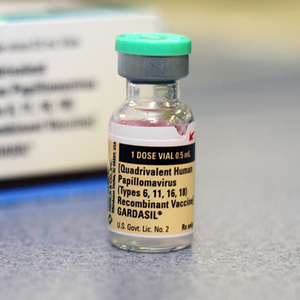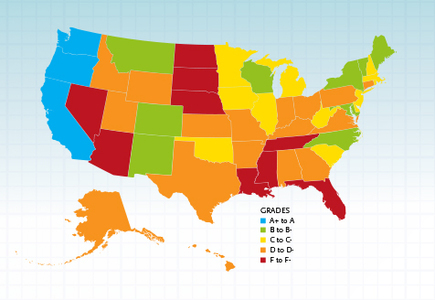Well the time has come and I will be undergoing my second surgery for Endometriosis and PID damage February 28th – a hysterectomy.
My health has been alright, all things considering. My husband and I haven’t been intimate for a while as it’s extremely painful to have sex and the medication I am currently on (Cymbalta) has lowered my sex drive almost to nothing. If we do have sex it takes extremely long to orgasm and sometimes I just can’t at all. That is very frustrating.
I haven’t had too much pain lately in my pelvic area and that is making me nervous. It makes me think that I should hold off on the surgery. However my bladder and bowels are bad and I need that looked at for sure. I feel a lot of scar tissue up near my liver and diaphragm where the endometriosis was before, so I am pretty sure the scar tissue is just all over the place.
The surgeon is making me extremely nervous. Her last words to me were “I am going to take your tubes and your left ovary, if there are complications I will open you up and take it all out.” When she said that, I just sat there. I couldn’t get any words out. I have asked for a hysterectomy so many times before, but have been refused. Now I am not prepared if she does one. I am more confused than ever.
I have researched hysterectomies and endometriosis for five years. I told myself that when I turned 35, if my endometriosis and all of the other issues were still here, I would have a hysterectomy. Well, I am 36 in June and no matter how much I have researched having a hysterectomy, I am still on the fence. Should I have a hysterectomy or not? There are so many complications and I wonder if a majority of my endometriosis is on my bladder and bowels what good would the hysterectomy do?
I had high grade cells removed from my cervix last year. Were these endometriosis lesions? Has anyone ever heard of this? All in all, I want my uterus and cervix out. I am not planning on having another baby and at this point it is safe to say I am infertile due to the shape of my uterus and the damage done to my tubes from PID.
I get depressed thinking about how long it will be for me to go into menopause naturally and what if that doesn’t even help then? Yes, at 36 I want to go into menopause. I want the pain to stop.
This disease is terrible. I wonder what would have happened if they caught it when I first started to have symptoms. Would I have this many complications? Would I have the excessive damage of the deep infiltrating endometriosis that they removed with my last surgery? Would I have the nerve damage that I have now? Would my bowels and bladder be in better condition? There are so many questions, but I will never have the answers to them.
I think that if my bowel and bladder symptoms were not as bad, I wouldn’t be in so much pain. I wonder if the excision surgery removed all the endo and if the pain I have is from endometriosis or something else. I will soon find out. I think there is huge damage from the PID along with massive scar tissue that has obstructed or intertwined with my bowels, ureter and bladder. As for now, I can only sit and wait to see what happens. I go for my pre-op on February 20th so I can ask more questions then.
What do you guys think? What would you do if you were in my shoes? Hysterectomy or not?




























